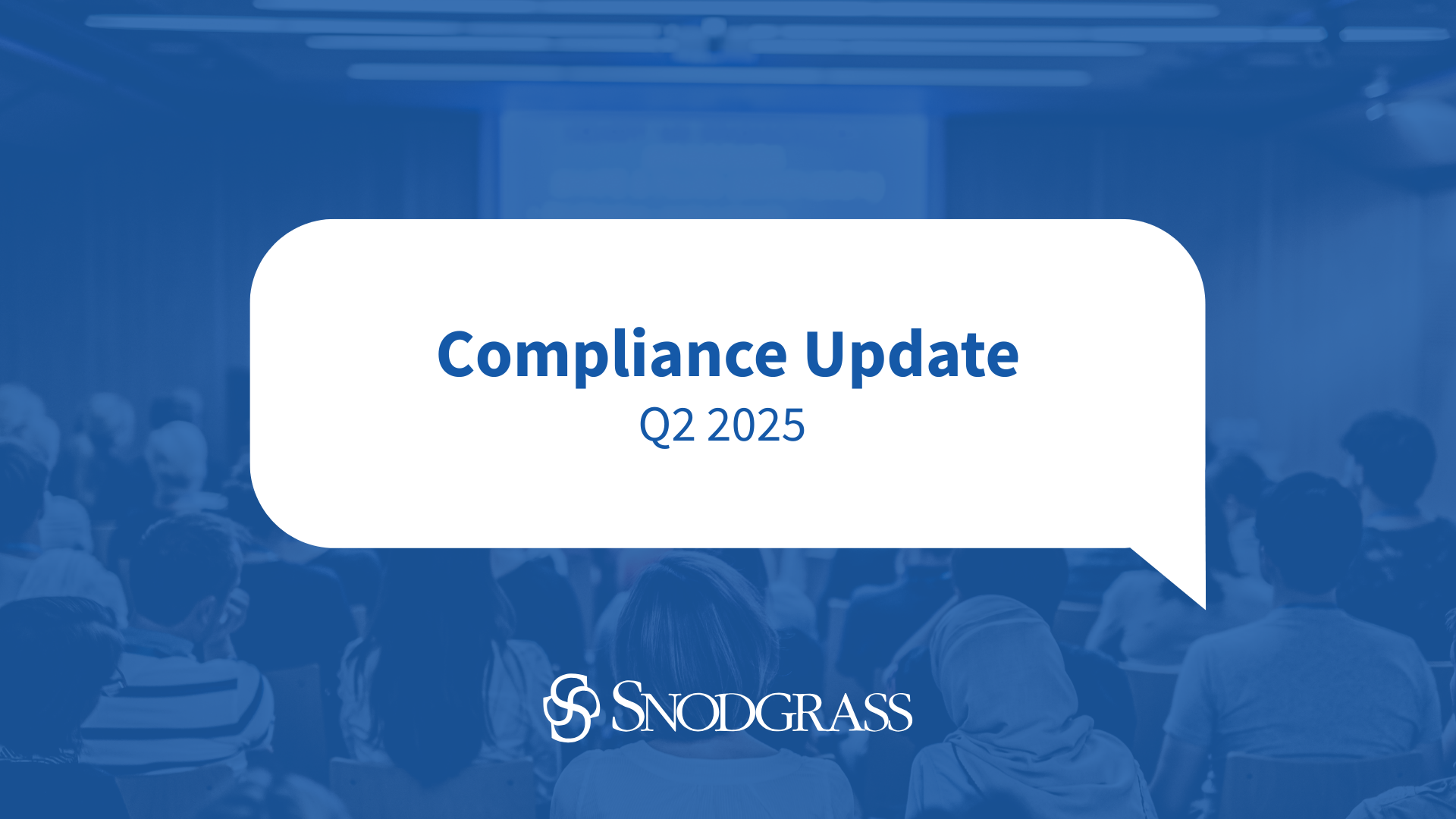You may not have heard the term “dumb” terminal since the 80s when corporate computing power was relegated to the data center and users connected to mainframe behemoths through the old green screen terminals. Since that time, computer processing power has been becoming more distributed with every user having a desktop or laptop.
Recently, this distribution of processing power has been making a remarkable shift back toward the data center thanks to devices call thin terminals.
Thin terminals allow users to perform all the normal daily tasks on a machine that is a fraction of the cost of traditional desktops or laptops. The key is shifting the processing power back to servers in the data center that the thin terminals connect to. Most users do not utilize the full power of their desktop or laptop, and much of this is laid to waste every day on their desk. The thin terminal architecture allows users to connect to a server in the data center that is configured with many “virtual desktops.” This new architecture allows for the optimization of processing power, which is shared from one large “pool” rather than many smaller “puddles.” There are also many other benefits to the thin client architecture:
- Thin clients offer enhanced GLBA compliance and security.
- Thin clients are much more affordable than desktops or laptops.
- Thin clients are easier to manage; because software updates are almost all remote, administration costs decrease.
- Thin clients require applications to be installed only once, rather than a multiple number of times on PCs.
- Thin clients have few moving parts, which means fewer breakdowns, and they are more reliable and longer-lasting than PCs.
- Thin client architectures allow for better and more centralized security; all information is now secure in the data center and users cannot leave with information. This also allows for easy central control of user policies and rules.
- Current PCs can be utilized with the virtualization software until they are replaced with thin clients.



